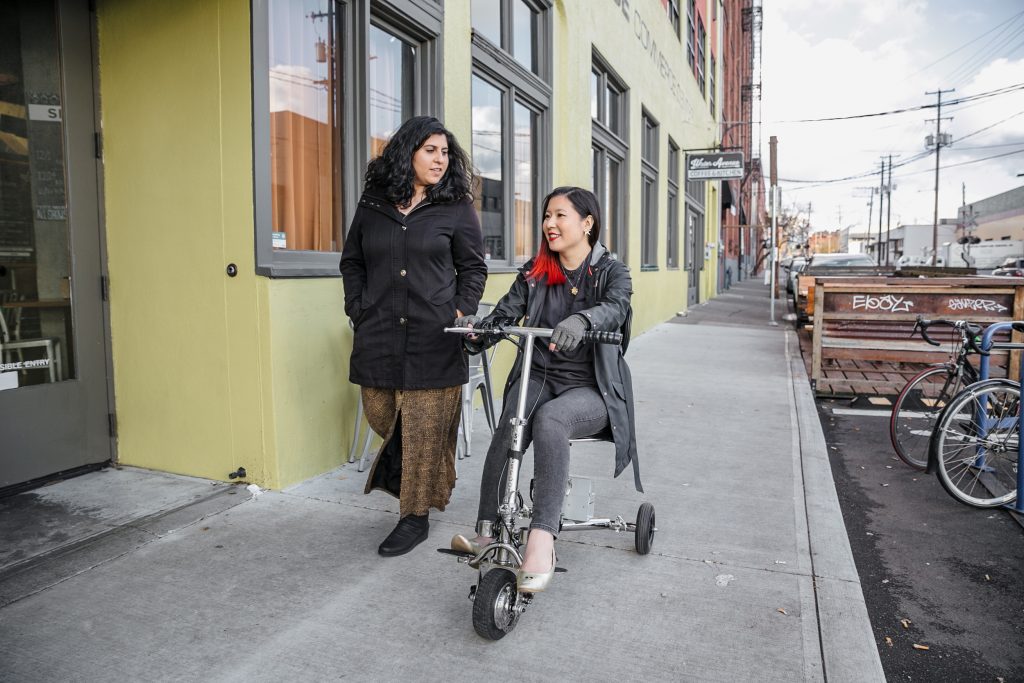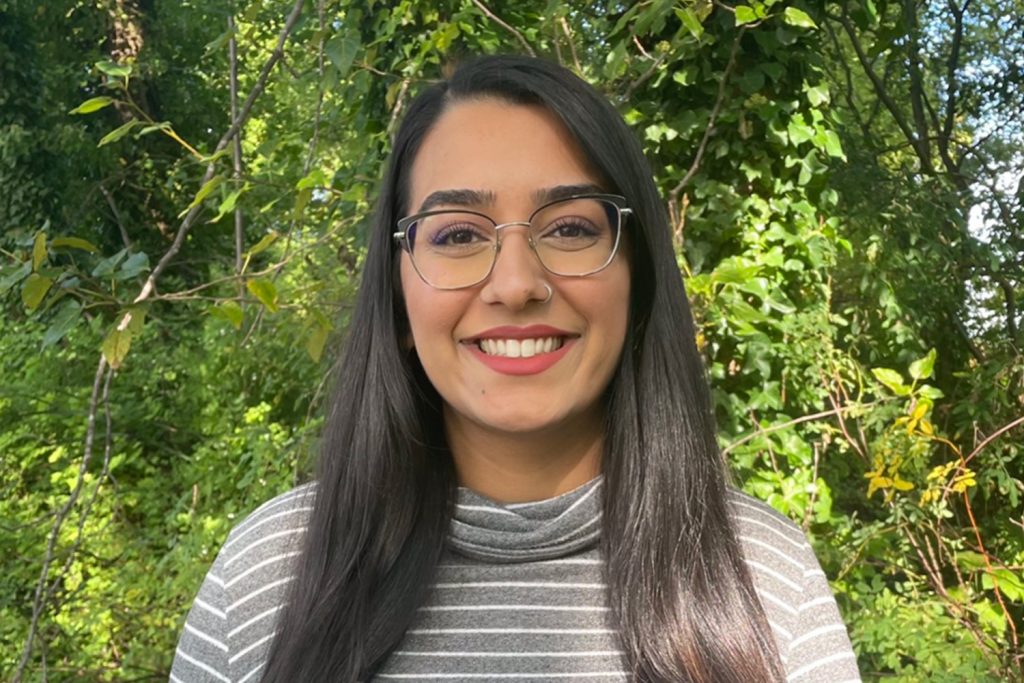Written by: Gurvaan Mann, Youth Research Assistant
Often, research is not accessible as it is built around the assumption that everyone requires the same needs in order to show up and be involved in many spaces. These spaces are also built on the assumption that everyone is neurotypical and/or abled, which is incorrect. By believing in that assumption, it continues to exclude the voices of neurodiverse and/or disabled people.
For instance, if a study is not promoted in a way that is accessible, it will not be able to include the voices and experiences of disabled folks. Additionally, if the study or research spaces have disabled folks but are inaccessible and don’t provide basic needs, it will lead to inauthentic and harmful engagement. For instance, if someone is neurodiverse and generally requires time to process their thoughts, it would not be very realistic to have them complete a timed questionnaire or articulate their thoughts well when they are being timed.
Similar to this example, it would not be realistic and would be incredibly unfair to ask someone who has a physical disability, and is a wheelchair user, to simply use stairs to access a research space (that does not provide a ramp).
A push towards accessibility can be done by normalizing access needs and one’s capacity.
For instance, everyone has access needs—some may already be met within the space without having to necessarily articulate them, such as needing access to a computer or being able to have things written out.
Along with normalizing access needs and one’s capacity, here are some general ideas to keep in mind when thinking about making spaces more accessible:
Education
Continuously learning about accessibility and what that looks likes, such as learning how to conduct research interviews with individuals having different types of neurodiversity, will better support those with disabilities. For instance, some neurodivergent people may need more time to answer questions, while others may need spaces to be less stimulating.

Image description: An IBPOC disabled woman talking and walking alongside her friend, an Asian disabled genderfluid person wearing compression gloves and driving a lightweight electric mobility scooter.
Along with better learning about what accessibility can look like, it is important that one learns about ableism and how it is so deeply reinforced within society. In naming ableism, it is vital to also name one’s own privileges.
Along with naming privileges and ableism, it is also important to be aware that education itself is not accessible to everyone, and not everyone will have the same language, making it critical to not use complex words or terms.
Another important aspect to consider is how often disability is tied to other intersections of oppression within society, such as disabled people being less likely to have a job and more at risk of low socioeconomic status and poverty. Overall, education should not be performative in nature and should be continuous.
Accountability/addressing slurs
Accountability entails holding others responsible for not making spaces accessible and naming ableism when it is happening actively. This also includes gently holding others responsible when they state ableist slurs.
Representation

Image Description: An IBPOC person in their wheelchair takes notes by hand during a meeting.
This includes being more intentional and having individuals who are neurodiverse and/or disabled as part of the research team. However, by having more representation on the team, it is important to note that the individuals who are disabled and/or neurodiverse should not be tokenized or consistently have the labour of making more accessible spaces solely reliant on their labour.
Another method that could also incorporate representation is having a group of individuals or someone who can be consulted throughout the process and is being compensated well for their labour.
Recruitment processes
This can include:
- Different communication styles for conducting the research itself (such as text, video communication methods, phone calls, and written responses).
- Having closed caption (CC) image descriptions (e.g., alt text for online graphics) included on promotional materials.
- Having the study materials translated into multiple languages. Translations can be done using translation services and/or offering services/support in the languages research team members speak/read/write.
Intentionality
Making spaces more accessible and safer for disabled folks should not be an afterthought or something that is “figured out” in the moment. This also includes adding in a procedure for what to do if someone needs to reschedule a meeting (whether that be a member of the research team or a participant) because they do not have the capacity.

Image Description: A circular, off-white system’s web with “Accessibility in Research” written in white text in the centre, with 11 different smaller circles including methods of creating more accessibility branching out of the central theme. The system’s web is against a white background. The ten items are the following: “Acknowledging ableism”, “Image descriptions and ensuring screen reader functions work”, “Addressing slurs”, “Holding oneself and others accountable”, “Being intentional about accessibility measures”, “Recognizing positionality and privilege”, “Normalizing asking about access needs”, “Using multiple ways to engage with participants”, “Being open to continuous education”, “Representation”, and “Simple language (without jargon)”.
About Gurvaan Mann:

Image Description: A racialized person smiling at the camera, surrounded by a background of greenery.
Gurvaan holds a BA in psychology and minor in Asian area studies. She has been involved in various research positions at Foundry and UBC. She has been a member of youth research advisory panels, directly engaging with researchers and other youth, along with conducting research alongside a team. As a youth research assistant, Gurvaan has able to facilitate greater engagement of marginalized youth, with lived experience of mental health struggles and substance use, by establishing greater safety and accessibility for them. She is incredibly passionate about using intersectionality to increase the safety of marginalized communities in research and in her support roles.
Keywords: Foundry, Foundry BC, Accessibility, Research, Youth Research, Education, Accountability, Representation, Recruitment, Intentionality, IBPOC, Inclusive, Inclusion, Inclusivity, Access, Mental Health Services, Gurvaan Mann